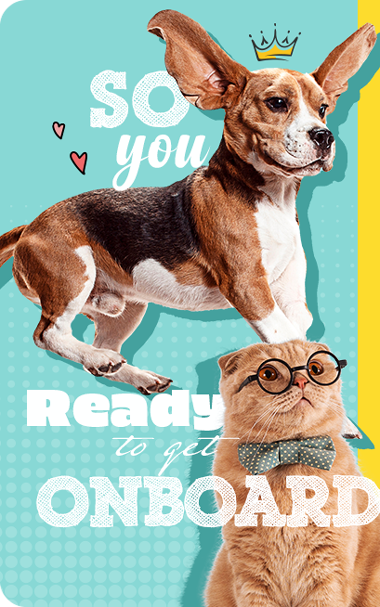Is my home dog friendly??
Posted by Muskan bhardwaj on

Introduction
Bringing a new furry friend into your home is an exciting and joyful experience, in which Barkitechture plays an important role. Whether you're a first-time dog owner or adding to your pack, creating a dog-friendly environment is essential for your pup's well-being and happiness. Just like childproofing for a toddler, making your home safe and comfortable for your canine companion requires careful consideration. In this guide, we'll explore the key elements of making your home dog-friendly.

Just like toddlers, puppies are curious explorers. Start by getting down on all fours to see your home from their perspective. Identify potential hazards, such as loose cords, toxic plants, and small objects that could be swallowed. Secure or remove these items to prevent accidents.

Dogs need a cozy spot where they can relax and unwind. Consider getting a comfortable dog bed or cushion that's placed in a quiet and easily accessible area of your home. Make sure this designated space is away from drafty windows or doors and free from foot traffic.

Creating safe zones and boundaries is crucial, especially during the initial adjustment period. Use baby gates to restrict access to certain areas of your home. This not only prevents accidents but also helps with house training.

Set up a dedicated space for your dog's food and water bowls. Choose a quiet corner where they won't be disturbed while eating. Make sure the area is easily accessible and away from high-traffic zones.

Dogs are naturally curious and can get into things they shouldn't. Store cleaning supplies, chemicals, and medications in secure cabinets or on high shelves to prevent accidental ingestion.

Dogs love to chew, and it's important to provide appropriate outlets for this natural behavior. Keep a variety of safe and durable chew toys available for your pup to enjoy. This helps prevent them from chewing on furniture or other forbidden items.

Loose cords and wires can pose a danger to both puppies and adult dogs. Use cord organisers to keep these out of reach or secure them against walls. This not only prevents tripping hazards but also prevents chewing.

Set up a grooming station with all the necessary supplies for regular grooming sessions. This could include brushes, nail clippers, and towels. Regular grooming not only keeps your dog looking its best but also strengthens the bond between you.

Incorporate mental and physical stimulation into your home environment. Puzzle toys, interactive feeders, and training sessions provide your dog with the mental engagement they need. Regular exercise and playtime are also essential for their overall well-being.

Consider your choice of furniture with your dog in mind. Go for materials that are easy to clean and durable. Investing in washable slipcovers or pet-friendly furniture protects your investment and keeps your home looking great.
11. Safety First: Secure Windows and Balconies

If you have windows that can be easily opened, ensure they are secured to prevent your dog from accidentally falling out. Similarly, balconies should be securely fenced to prevent any potential accidents.

Dogs sometimes need a quiet space to escape, especially when there's a lot of activity in the house. Create a warm space where your pup can relax and have some quiet time when needed.

Regular cleaning is essential to maintain a healthy and welcoming environment for both you and your pup. Vacuum regularly to keep pet hair and dander under control. Also, use pet-friendly cleaning products to ensure your dog's safety.

Introduce your pup to various people, noises, and experiences to help them become well-adjusted and friendly adults. Teach your guests how to interact with your dog, respecting their boundaries and needs.

Keep a first-aid kit handy in case of any minor injuries. Regular veterinary care and vaccinations are essential to ensuring your dog's health and well-being.
Conclusion
Creating a dog-friendly home is about more than just providing a place to stay—it's about creating a safe, comfortable, and enriching environment for your four-legged friend. By considering your dog's needs and making a few adjustments, you'll be well on your way to providing a loving and welcoming home that your pup will thrive in.






